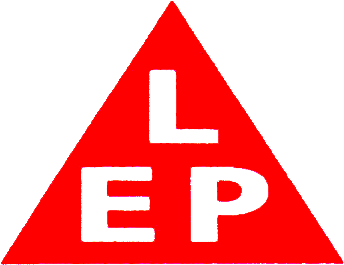 |
||||||||||||
|
|
||||||||||||
 |
||||||||||||
|
Cert ID: Q/50404 |
||||||||||||
 |
|||||||||||||||
|
Power factor and power factor correction |
|||||||||||||||
|
What is the power factor ? |
|||||||||||||||
|
For a DC circuit, power consumption (P) is calculated simply in terms of voltage and current as P = VI and this also holds true for the instantaneous power in a purely resistive AC circuit. However, in an AC circuit that contains some reactance, the average power consumption is more complicated and is given by Pavg = VI COS y where y is the phase angle between the current and voltage and V and I are the RMS values of voltage and current respectively. |
|||||||||||||||
|
The power factor is defined as the term COS y It can also be shown to be equal to R/Z where R is the resistive element of the load impedance and Z is the reactive element of the load impedance. |
|||||||||||||||
|
Why is it important ? |
|||||||||||||||
|
In general the electrical supply to a piece of equipment has a fixed voltage and its power consumption is related to the amount of current it draws (I). As shown above, when a reactive load is being supplied its power consumption is related to I COS y. Imagine that a purely resistive load requires 1Kw of power and is being supplied at 250V. Its current consumption can be found by rearranging P = VI and solving for I giving I = P/V or I = 1000/250 = 4 Amps. In other words in order to supply 1Kw of power to our equipment our supply needs to be capable of providing 4 Amps RMS. Now lets assume that our equipment has a reactance that causes the current to lag by 45o . Now in this case our current consumption is found by rearranging Pavg = VI COS y which gives I = Pavg / V COS y or I = 1000/250 COS 45 which gives us an RMS current consumption of 5.66 Amps |
|||||||||||||||
|
As you can see, our reactive load requires a supply of 5.66 amps RMS to generate 1 Kw of power, an increase of 1.66 amps over a purely resistive load. As the line losses in our supply are proportional to the square of the current , this modest increase in current consumption more than doubles the supply line losses. For this reason, power supply companies will often charge a higher power tariff to industrial users that donít take steps to keep their power factors as close to unity as possible. You can see a worked example of the possible savings by clicking here. |
|||||||||||||||
|
How is it corrected ? |
|||||||||||||||
|
The basic requirement of any form of power factor correction is to make the load appear as purely resistive as possible. In order to do this we can add capacitive reactance to a load that exhibits intrinsically inductive behaviour (such as motors) or we can add inductive reactance to a load that is intrinsically capacitive. Industrial users tend to exhibit inductive power factors and will often have large banks of capacitors to correct the power factor seen by their supplier. |
|||||||||||||||
|
We offer a free power factor investigation of customers systems and provide our recommendations for any corrections required. |
|||||||||||||||
|
Clicking here will open a new window that contains a table of the K factors required by the correcting capacitor to correct the power factor from an existing value to a desired value. |
|||||||||||||||
|
Bankfield street, Deane, Bolton, Lancs, BL3 5NP |
|||||||||||||||